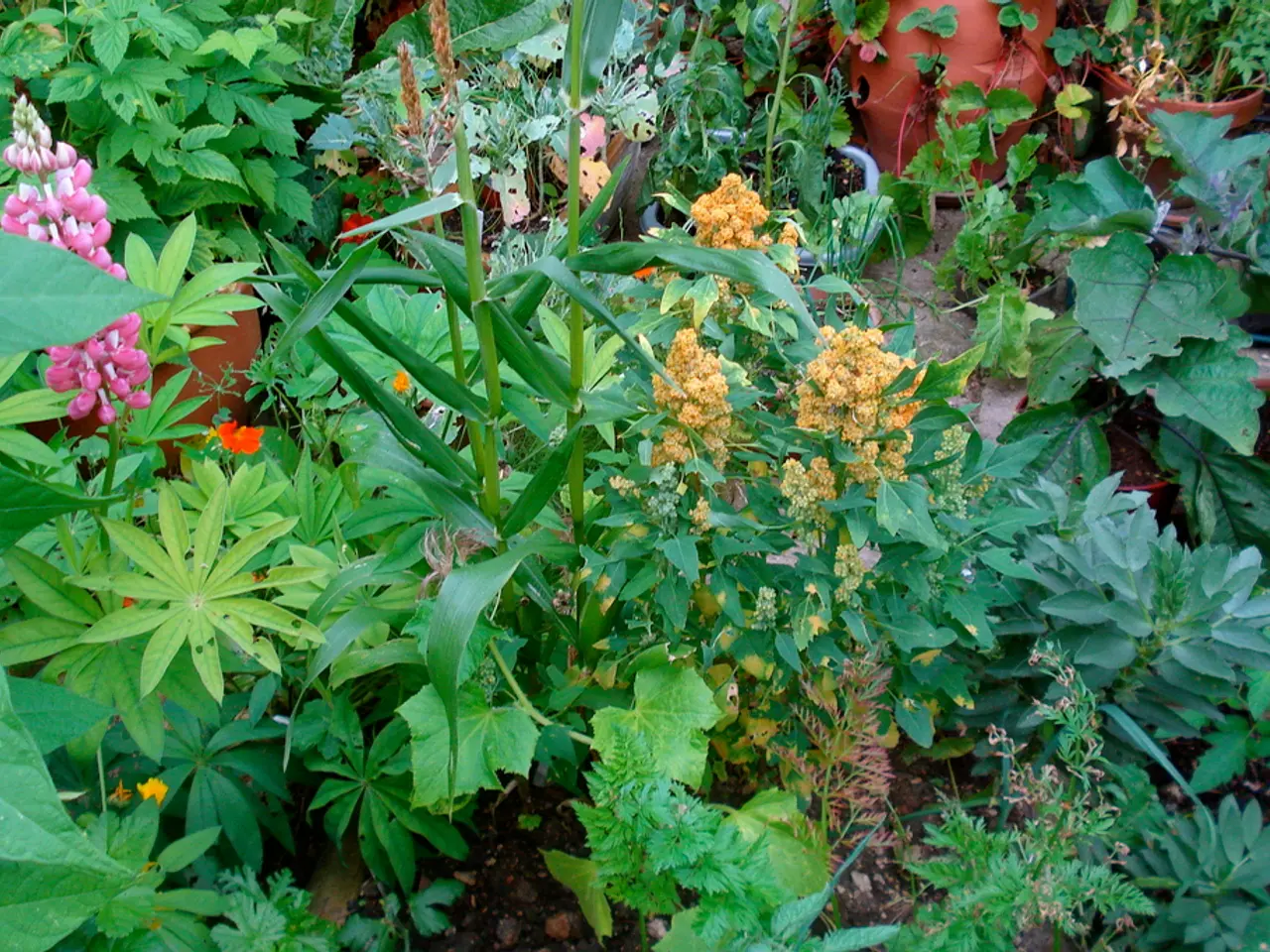Legume Crops: Boosting Soil Fertility Naturally
Legumes, plants that bear seeds in pods, are renowned for their ability to fix atmospheric nitrogen through a symbiotic relationship with bacteria called rhizobia. This unique trait not only benefits the legumes themselves but also has profound effects on the soil, enhancing its fertility and quality.
One of the key advantages of legumes is their ability to improve soil nitrogen pool. By fixing nitrogen from the air, legumes enrich the soil with this essential nutrient, a process known as nitrogen fixation. This not only benefits the subsequent crops but also reduces the need for synthetic nitrogen fertilizers, thereby lowering greenhouse gas emissions compared to agricultural systems based on mineral nitrogen fertilisation.
Legumes also contribute to soil aeration, making it easier to till and improving soil structure. Their deep roots help loosen the soil, and the decomposition of their residues mobilizes nutrients from deeper soil layers, enhancing the nitrogen-supplying power of soils.
Moreover, legumes are rich in protein due to their nitrogen-fixing capabilities. When used as green manure crops, they provide nutrients to the agricultural system through biomass decomposition, increasing the soil reserves of organic matter. This organic matter improves soil water-holding capacity, making the soil more resilient to droughts and floods.
Legumes also have beneficial effects on soil biological, chemical, and physical conditions, enhancing soil quality. They stimulate soil biological activity, increasing soil microbial biomass, and stabilising soil aggregates. This, in turn, improves soil tilth and workability, making it easier to cultivate the land.
In addition to these benefits, legumes can reduce soil erosion by wind and water. By improving soil structure and increasing the soil reserves of organic matter, they help prevent soil from being washed away or blown away, thereby preserving soil fertility.
Organizations and companies can further improve the use of legumes in their agriculture by sowing them as green manure (e.g., summer vetch) or by practicing mixed cropping of legumes with cereals (e.g., lentils with barley). These practices can enhance soil fertility, reduce risks of crop failure, and preserve soil moisture, thereby improving soil structure and nutrient availability for subsequent crops.
In conclusion, legumes play a crucial role in sustainable agriculture by improving soil health, reducing the need for synthetic fertilizers, and enhancing the resilience of agricultural systems. By incorporating legumes into their farming practices, farmers can not only increase their crop yields but also contribute to a more sustainable and environmentally friendly agriculture.







